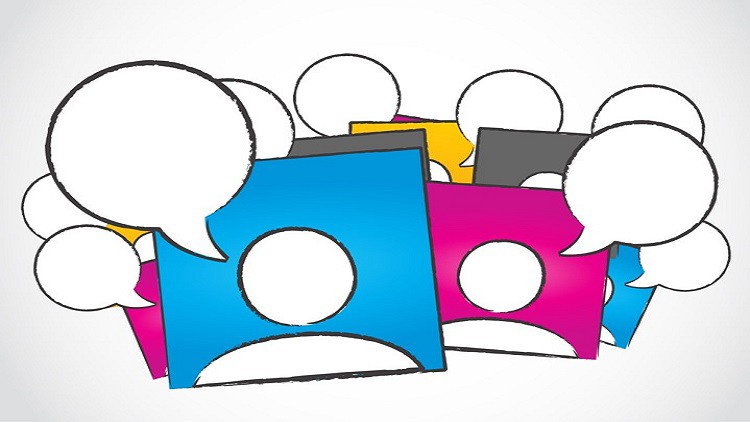
Makes communication effective
What you will learn
Describe the Components of Communication Process
Explain What makes Communication Ineffective
Explain the Seven C’s of Effective Communication
Explain How to Communicate by Showing Consideration
Description
Communication is a process of exchanging verbal and non verbal messages. It is a continuous process. Pre-requisite of communication is a message. This message must be conveyed through some medium to the recipient. It is essential that this message must be understood by the recipient in same terms as intended by the sender. He must respond within a time frame. Thus, communication is a two way process and is incomplete without a feedback from the recipient to the sender on how well the message is understood by him. Communication is affected by the context in which it takes place. This context may be physical, social, chronological or cultural. Every communication proceeds with context. The sender chooses the message to communicate within a context.
Sender / Encoder is a person who sends the message. A sender makes use of symbols (words or graphic or visual aids) to convey the message and produce the required response. For instance, a sender may be a trainer who conducts training for a new batch of employees. Sender may be an individual or a group or an organization. The views, background, approach, skills, competencies, and knowledge of the sender have a great impact on the message. The verbal and non- verbal symbols chosen are essential in ascertaining interpretation of the message by the recipient in the same terms as intended by the sender.
Message is the key idea that the sender wants to communicate. It is a sign that elicits the response from the recipient. Communication process begins with deciding about the message to be conveyed. It must be ensured that the main objective of the message is clear. Medium is a means used to exchange/transmit the message. The sender must choose an appropriate medium for transmitting the message else the message might not be conveyed to the desired recipients. The choice of appropriate medium of communication is essential for making the message effective and to be correctly interpreted by the recipient. This choice of communication medium varies depending upon the features of communication. For instance, written medium is chosen when a message has to be conveyed to a small group of people, while an oral medium is chosen when spontaneous feedback is required from the recipient as misunderstandings are cleared promptly.
Content